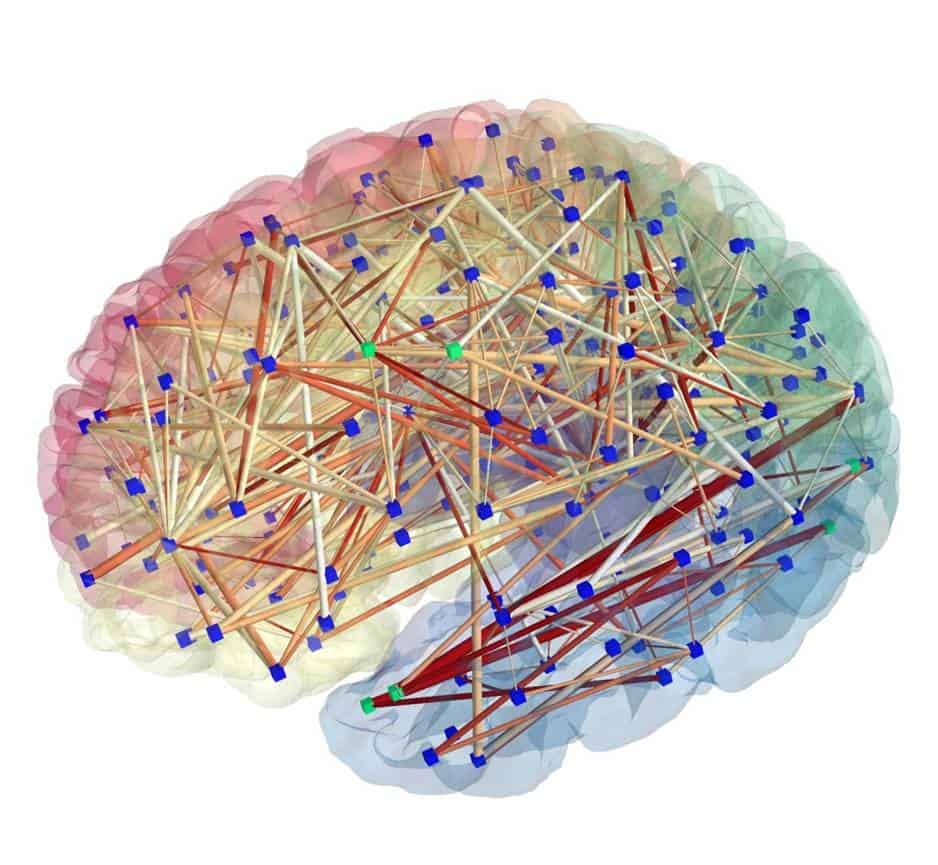
The researchers examined the white matter of 40 boys and girls with SPD and 41 typically developing children. They compared the white matter results, gathered using diffusion tensor imaging (DTI), to the children’s sensory behaviors, assessed through a battery of tests. Children’s parents completed a measure of sensory behavior called the Sensory Profile. The researchers administered the Acoustic Index of the Differential Screening Test and the Sensory Integration Praxis Test to measure auditory and tactile processing.
Children with SPD had abnormal white matter tracts in areas related to the brain’s sensory functions compared to typically developing children. The white matter’s abnormal structure likely affects the timing of sensory transmission, which could result in difficulties integrating sensory information. The DTI results correlated strongly to the results of the Differential Screening Test and the Sensory Integration Praxis Test, but correlated less with the parent-reported Sensory Profile. The researchers suggest that the parent reports were less objective than the laboratory-based evaluations.
“By comparing the white matter in the brain of kids with SPD and typically developing kids, we were able to relate them to direct measurements of auditory and tactile function and find strong correlations between the white matter and sensory functioning … The children with SPD and the typically developing kids form a continuum, with the children with SPD at one extreme and sensory-typical children at the other,” stated senior author of the study Pratik Mukherjee, MD, Ph.D., professor of radiology and bioengineering at UCSF.
The study is the first and the largest to-date to compare white matter in children with and without SPD. The researchers hope that their findings will lead to tailored interventions for children with sensory processing disorder.
This research is published in the journal Frontiers in Neuroanatomy.



 © 2024 Unyte Health US Inc.
© 2024 Unyte Health US Inc.